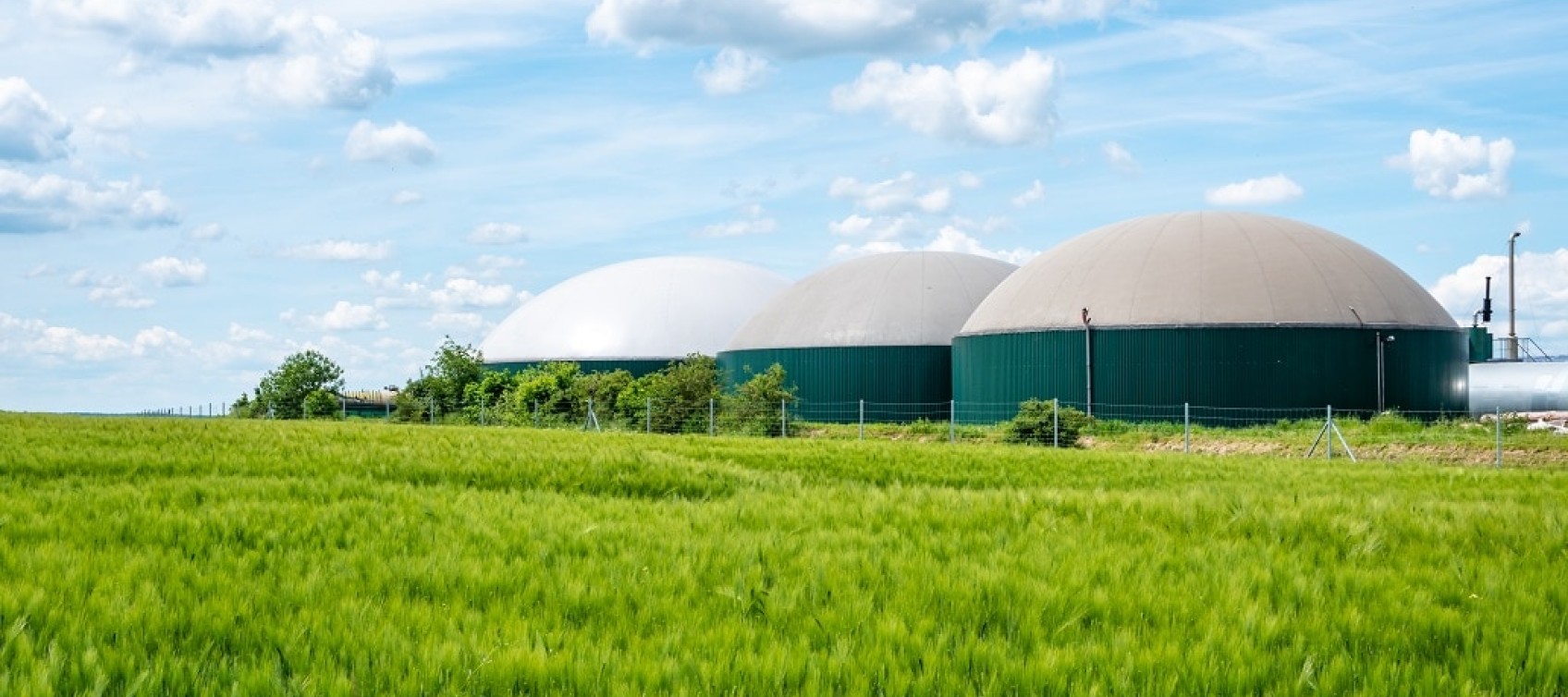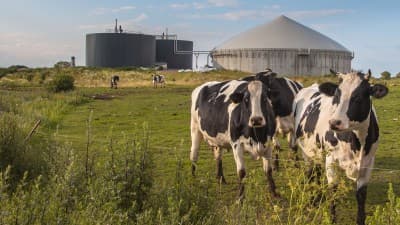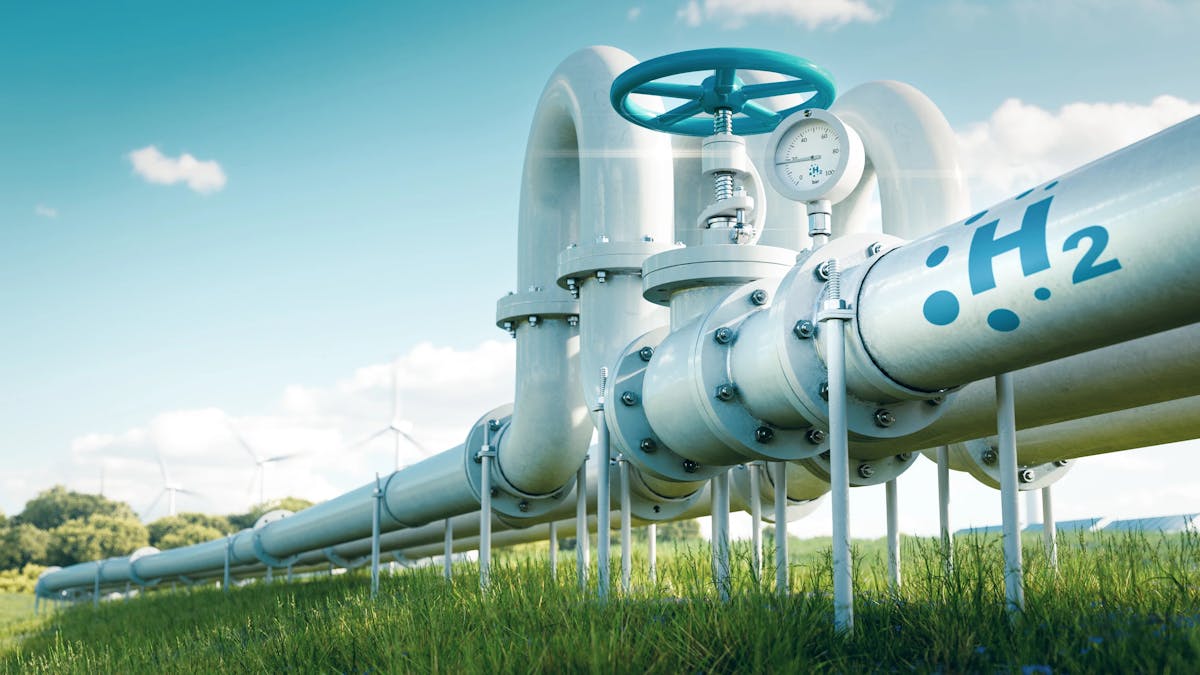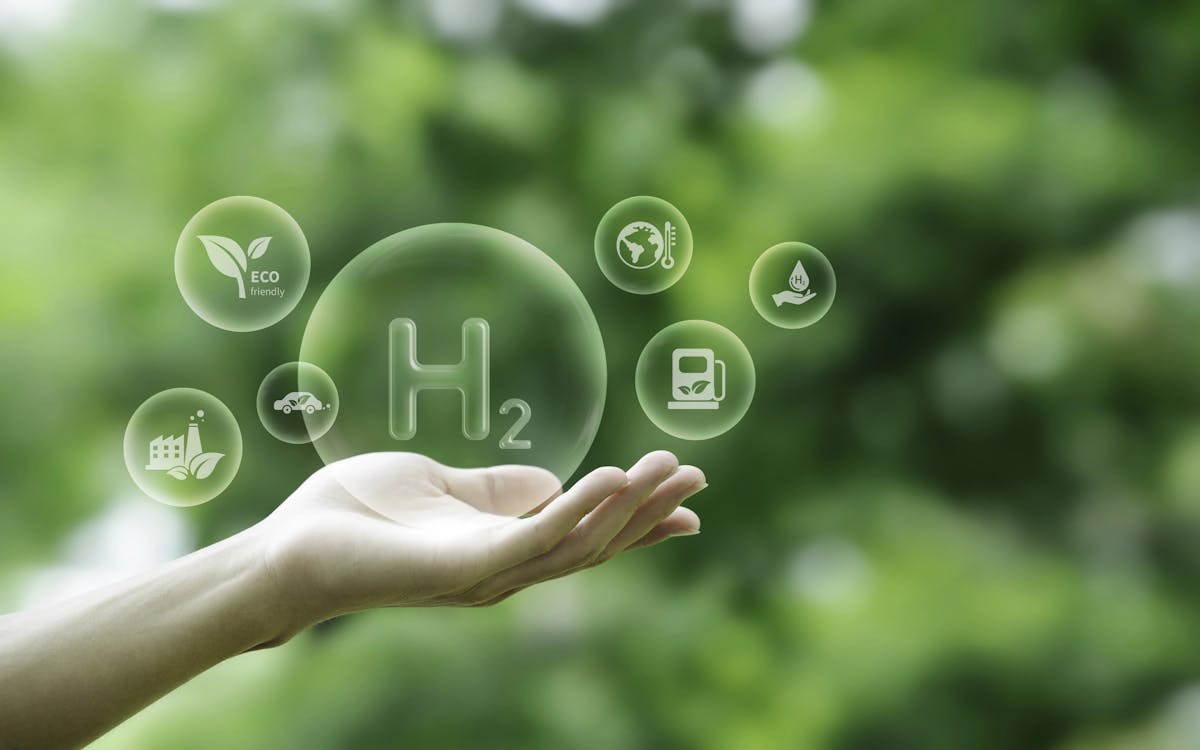Why have Shell and BP invested billions in biogas over the past few months? It’s not only to reach their decarbonisation goals – demand is also soaring, writes James Irvine, General Manager Future Fuels.

Big oil companies aren’t in the business of losing money. That’s why it’s fascinating to see Shell and BP investing billions of dollars into biogas, a renewable energy source that could eventually replace natural gas and help reduce global carbon emissions.
Billions invested into biogas over the past few months
Shell recently announced it has spent nearly US$2 billion to buy Nature Energy, the largest producer of biomethane in Europe. This comes just two months after BP purchased US-based biomethane producer Archaea for US$4.1 billion.
Both companies operate biogas plants, that produce fully renewable gas which can be used to blend with natural gas in the pipeline network or replace it altogether. Nature Energy has 12 biogas facilities in Denmark, one in France and one in the Netherlands, with around 30 more projects in the pipeline. Interestingly, Nature Energy started out as a natural gas provider before pivoting to focus on biogas.
Archaea (named after a group of organisms used in anaerobic digestion) operates 50 existing biogas and landfill gas facilities across the US, and has its own portfolio of future plants.
How do these plants produce biogas?
 Biogas starts with waste – products like food waste, manure and agricultural waste. These go into a large anaerobic digester (a bit like a high-tech, fully sealed composter). Bacteria in the digester break down the waste to produce two different outputs. One output is the solid material, which can be used as fertiliser. The other output is biogas, which is made up mainly of methane.
Biogas starts with waste – products like food waste, manure and agricultural waste. These go into a large anaerobic digester (a bit like a high-tech, fully sealed composter). Bacteria in the digester break down the waste to produce two different outputs. One output is the solid material, which can be used as fertiliser. The other output is biogas, which is made up mainly of methane.
Once that biogas has been purified into biomethane, it is chemically identical to natural gas, so it can be mixed in or swapped out in any natural gas application. Biogas is a completely sustainable product that turns waste into a high-value energy source. Nature Energy and Archaea both have operations that generate biogas, purify it, and inject it into pipelines or supply it to various customers in different forms.
Why is big oil investing billions into biogas?
The first reason is that big oil companies are facing some ambitious and challenging decarbonisation goals – they need to expand their renewables businesses. These efforts are being supported by various government subsidies, which help to offset the costs.
But it’s not only because they are over an oil barrel on renewables. Both Shell and BP say there is growing demand for biogas. Both have significant trading and supply businesses, supplying renewable gas products to a vast number of customers – primarily industrial and commercial businesses including many multi-nationals.
Right now they’re meeting demand by buying renewable gas from smaller producers of such gas. This is expensive, offers limited supply, and leaves them exposed as demand increases. They expect demand to keep growing, driven by their customers’ own decarbonisation agendas, so investing in an in-house biogas supply puts them in a stronger long-term position. Shell and BP are looking ahead, and their forecasts are telling them that biogas will become a significant business for them.
“This is a product that our customers want,” Bernard Looney, BP CEO, told Reuters, adding, “there’s more demand for this product today than there is supply.”
What’s happening with biogas in New Zealand?
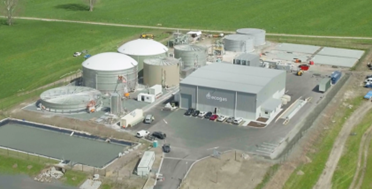 Here at Firstgas Group, the Future Fuels team is looking closely at biogas projects. This includes upgrading existing sources of biogas and landfill gas so it can be injected into the pipeline network, supporting the development of new anaerobic digestion, and exploring the potential for other methods of biogas production such as from wood waste. We’ve got a lot of work to get to anywhere near the size of Nature Energy or Archaea. But New Zealand has great potential, especially because we have an abundant supply of organic feedstock.
Here at Firstgas Group, the Future Fuels team is looking closely at biogas projects. This includes upgrading existing sources of biogas and landfill gas so it can be injected into the pipeline network, supporting the development of new anaerobic digestion, and exploring the potential for other methods of biogas production such as from wood waste. We’ve got a lot of work to get to anywhere near the size of Nature Energy or Archaea. But New Zealand has great potential, especially because we have an abundant supply of organic feedstock.
Ecogas in Reporoa opened in October 2022 and is New Zealand’s largest food waste processing facility, using advanced technology proven overseas. At its full capacity, the facility will produce renewable energy, biofertiliser and renewable carbon dioxide from 75,000 tonnes of inedible food waste and other organic residues.
We do have a few major challenges to overcome, though. The first is economics – the vast majority of overseas projects are supported by renewable subsidies in one form or other, which are largely absent here. The second is demand – with a relatively abundant supply of fairly cheap natural gas, New Zealand gas consumers need to see value in renewable gas. But we are working hard on both, so watch this space.
Find out more about Firstgas Group’s biogas work here.

